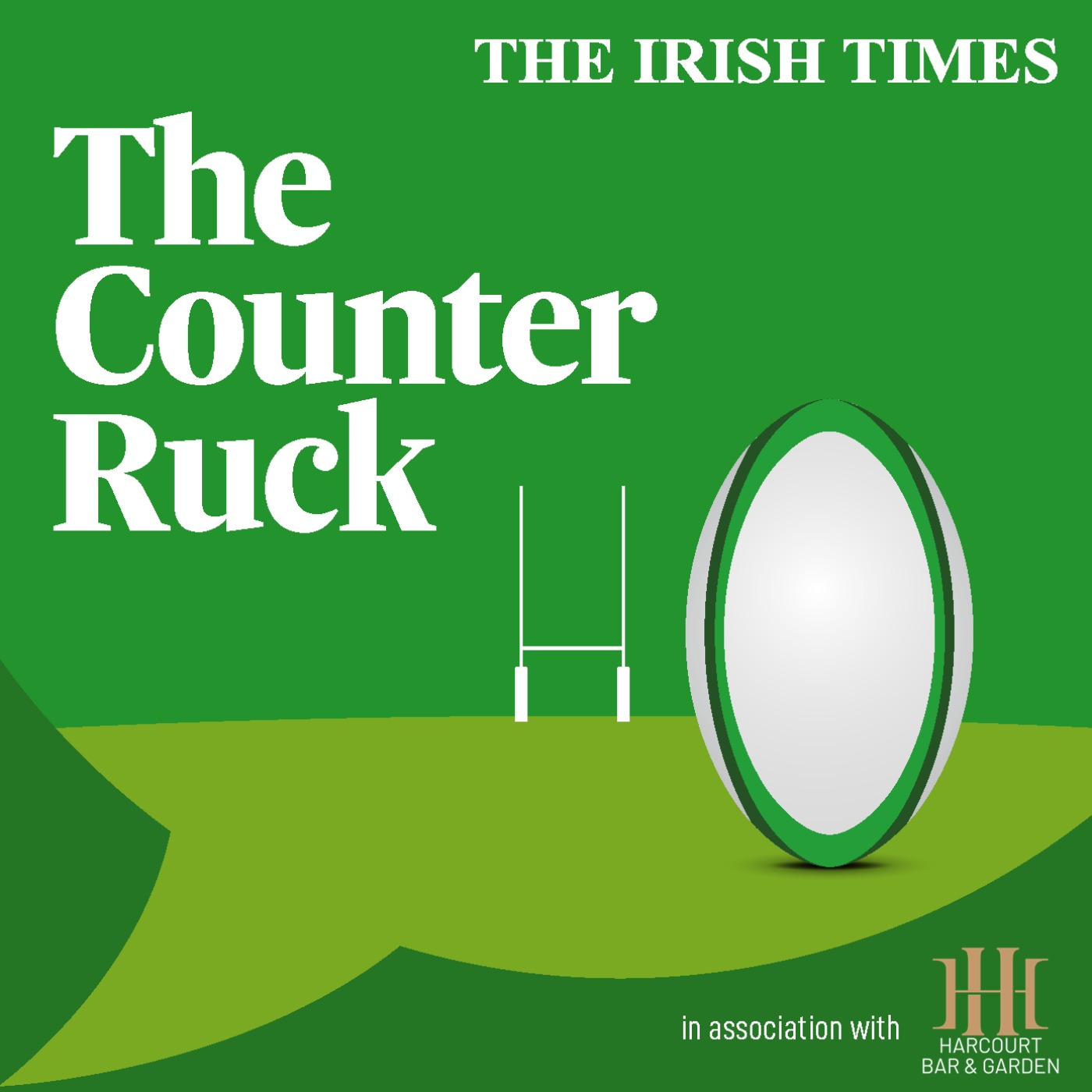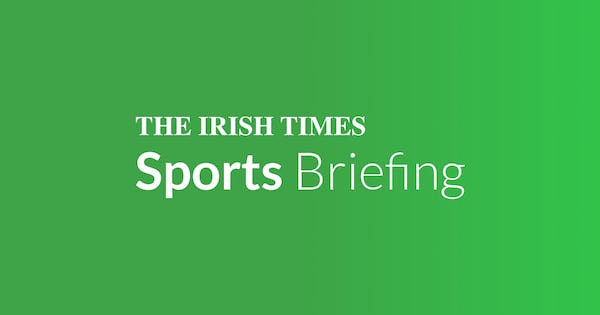New research undertaken by Paralympics Ireland has found that people with disabilities in Ireland are almost twice as likely to be sedentary, with only one in three taking part in sport.
The report, titled Gateways & Pathways: Athlete and Coach Experiences of Para Sport, also shows a huge gender disparity in terms of accessing sport – with 12.6 years of age being the average for males, but for females that jumps almost a decade to 21.2 years.
The report, a collaboration between Paralympics Ireland and the University of Limerick, interviewed 18 para athletes and 15 coaches. This was accompanied by an electronic survey of a further 123 athletes.
Among the main barriers to participation included a lack of facilities, high costs, inadequate equipment and requiring help from others.
READ MORE
The report comes just nine months after Team Ireland won six medals at the Paralympic Games in Paris – one gold, three silver and two bronze. Cyclist Katie-George Dunlevy, swimmer Róisín Ní Ríain and sprinter Orla Comerford all brought home medals.
Most participants involved in the research lived with their parents and siblings (70.6 per cent), while others lived with a partner (17.6 per cent), a sibling (5.9 per cent) or alone (5.6 per cent).
In terms of employment status, half of the participants were in paid employment while 27.8 per cent were students.
“This research shines a powerful light on both the barriers and the opportunities within Irish Para sport,” said Neasa Russell, chief operations officer of Paralympics Ireland.

Tom Court - Ireland's accidental Lion
“It confirms what many in our community have long felt – that access is unequal, especially for girls and for those who acquire a disability later in life. But it also highlights the transformative role sport can play when those barriers are removed.
“Our job now is to act on these findings and ensure that every person with a disability, regardless of gender, age or background, has a clear and supported pathway into sport. That is the vision we are committed to delivering.”
A central theme of the report is the untapped potential of schools, families and rehabilitation settings as entry points into sport.
In particular, it shows that schools could be better utilised in terms of guiding kids with disabilities towards sport. Only 19.5 per cent of participants were introduced to para sport by a teacher or through school and just 2.2 per cent of girls reported playing a para sport in school.
“Schools were a missed opportunity in many athletes’ journeys,” states the report.
“Qualitative data highlighted both the potential, but extreme lack of, Para sport in schools.
“Teachers, especially physical educators, and special needs assistants could play a stronger role in connecting students with local Para sport opportunities. With structured support and resources, schools can become key access points, particularly for younger children and those less likely to encounter Para sport elsewhere.
“To fully leverage the physical educators in this regard, increasing their knowledge about Para sport via pre-service education or professional development will be crucial.”
Athletes involved in Para sport said participation enhanced their physical and mental wellbeing. The findings of the research will now shape Paralympics Ireland’s efforts to reduce the disparities in sport participation among people with disabilities.














